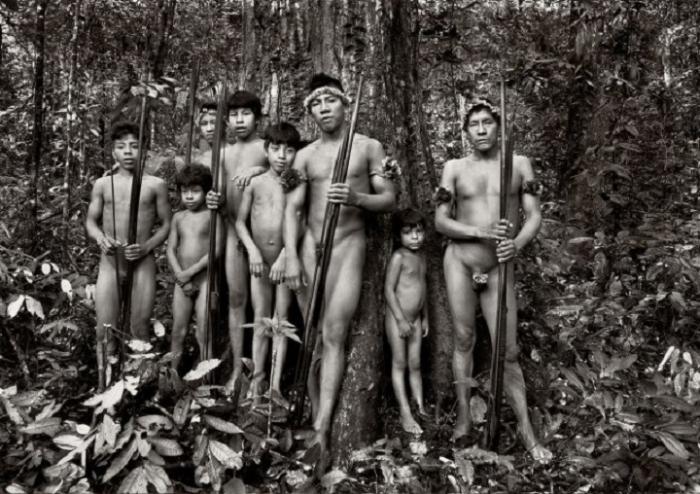U.S. Geological Survey (USGS) scientists found that management practices relating to water drawdown and re-flooding in agricultural wetlands used for rice production contributed to highermethylmercury concentrations in sediment than was found in nonagricultural wetlands that were permanently or seasonally flooded.
U.S. Geological Survey (USGS) scientists found that management practices relating to water drawdown and re-flooding in agricultural wetlands used for rice production contributed to highermethylmercury concentrations in sediment than was found in nonagricultural wetlands that were permanently or seasonally flooded.
Seasonal and spatial controls on methylmercury production were examined in the surface sediment in flooded wetlands used to grow white rice and wild rice, and in fallow fields; two types of managed, nonagricultural wetlands (permanently flooded and seasonally flooded) were also examined. Sediment samples taken monthly to seasonally from the wetlands were analyzed for methylmercury concentration, mercury-methylation potential rates, and concentrations of electron donors (acetate) and acceptors (sulfate and ferric iron) that drive methylmercury production.
Dynamic seasonal changes in methylmercury concentrations were observed in response to water-level management in the agricultural wetlands, whereas seasonal changes were smaller in the nonagricultural, managed wetlands. Agricultural wetlands exhibited higher concentrations of methylmercury in sediment than did nonagricultural wetlands, particularly during the fall through late-winter (post-harvest) period.
Methylmercury is a highly toxic form of mercury. Both sulfate- and iron-reducing bacteria have been implicated in methylmercury production, and both were demonstrably active in all wetlands studied.
The data indicate that:
- microbial activity dominated mercury methylation,
- conditions favoring microbial sulfate reduction resulted in the highest calculated methylmercury production rates, and
- labile organic matter such as residual rice straw, rather than sulfate, limited sulfate reduction in these wetlands.
The scientists suggest that rice straw management options aimed at limiting labile carbon supplies to surface sediment during the post-harvest fall–winter period may be effective in limiting methylmercury production within agricultural wetlands.
This study is part of a larger study of mercury biogeochemistry and bioaccumulation in agricultural (rice growing) and nonagricultural wetlands in California's Central Valley. The study was supported by the California State Water Resources Control Board and the USGS Toxic Substances Hydrology Program.
Reference
Methylmercury production in sediment from agricultural and non-agricultural wetlands in the Yolo Bypass, California, USA: Science of the Total Environment, 2014, v. 484, no. 1, p. 288-299, doi:10.1016/j.scitotenv.2013.09.098.
More Information
USGS Science Feature: Growing Science in Agricultural Wetlands—USGS science is increasing our understanding of mercury pollution affecting a vital wildlife and human resource—California's rice fields.
For more information contact Mark C. Marvin-DiPasquale, USGS National Research Program





